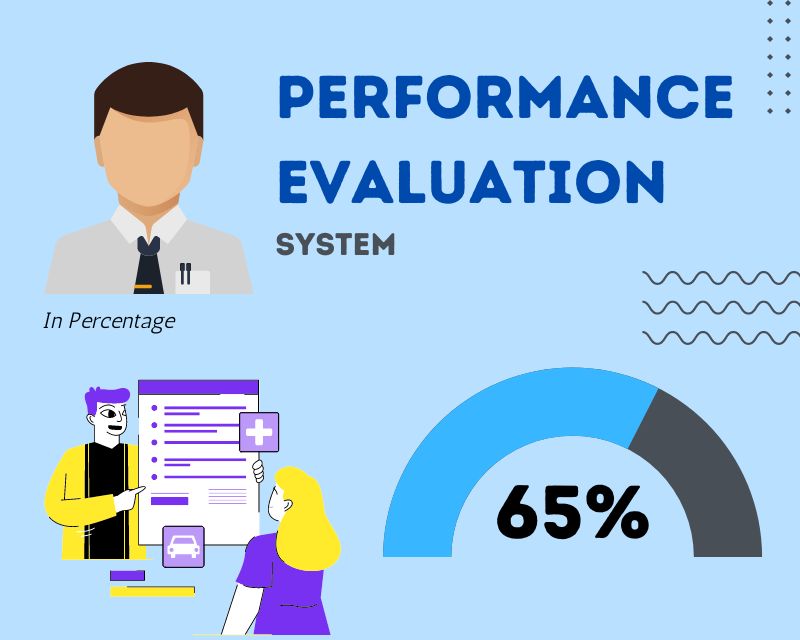How to Create an Effective Performance Evaluation System for Employees
Do you want to assess your workforce progress? Performance evaluation system plays a significant role in monitoring the quality of work accomplished by employees. While working in human resource management, you must acknowledge why performance evaluation is essential. Appraisal programs aim to provide precise feedback to employees about their job productivity. It helps them to identify areas where they are excelling or lacking. With this systematic evaluation, the workforce can ameliorate their output and set expectations for future improvement.
Table of Contents
Top Steps to Create a Performance Evaluation Program
A well-designed employee evaluation system helps managers to align teamwork with the company goals and objectives. However, building an effective appraisal process is challenging for beginners.
Define the Purpose of the Evaluation
Before designing a performance evaluation system, it’s important to understand the goal and purpose of the program. It’s important to define what you desire to achieve with it. For instance, your objective may be to know the strengths or weaknesses of your employees. Similarly, as a manager, you want to pin down employee training needs and improvement strategies for better work efficiency. So, prior to creating an appraisal model, you need to acknowledge the process objective.
Set Evaluation Criteria
Next, you need to decide on the evaluation metrics you’ll use to assess the performance. While setting the standards, you must ensure that the criteria are relevant and specific to the employee’s job duties. As a manager, it’s essential to clearly communicate these norms to the workforce to make them aware of what is expected of them. Common performance-based evaluation systems may include the assessment of quality or quantity of work, skills efficiency, time management, attendance, and more.
Choose Appraisal Method
The other step in designing an effective performance evaluation system is to choose the suitable appraisal method. There are various methodologies to choose from. You can conduct self-assessments, peer evaluations, or supervisor checkouts. So, choose the process that best suits your preferences and company culture. As a leader, when you acquire such appraisal methods, it encourages employees to get more engaged. 69% of the employees believe that they work harder if their efforts are recognized.
Schedule Timeline
To carry out a consistent program, you need to establish a timeframe to regularly evaluate the progress levels. Scheduling timelines keeps the employees accountable and helps them stay on the right track. Commonly, the organizations conduct a performance evaluation program once a year. But other businesses may choose to manage it frequently to keep themselves informed of their team’s progress.
Provide Constructive Feedback
One of the crucial steps in a performance evaluation system is to provide constructive feedback to your employees. It makes them aware of whether their job aligns with the company’s expectations. Through reviews, the individuals work on their shortcomings and gear to improve their role in their sector. Research shows that 72% of the respondents believe that their performance improves if the managers provide corrective feedback.
Set Improvement Goals
Once you have identified your employee’s progress, you must develop some goals for improvement. In this section of the employee evaluation system, you may set some achievable targets. It helps the employees to encounter challenges and improve their work productivity levels. Don’t overlook aligning your objectives with the company mission.
Conclusion
In short, whether you are pursuing a small business or a large firm, you should create appraisal programs to oversee your team’s progress. For designing an effective system, consider the above-discussed performance evaluation system example. This systematic approach helps businesses to alleviate biases and conduct a transparent tasks assessment. In this way, the employees become more engaged in contributing towards company success.

